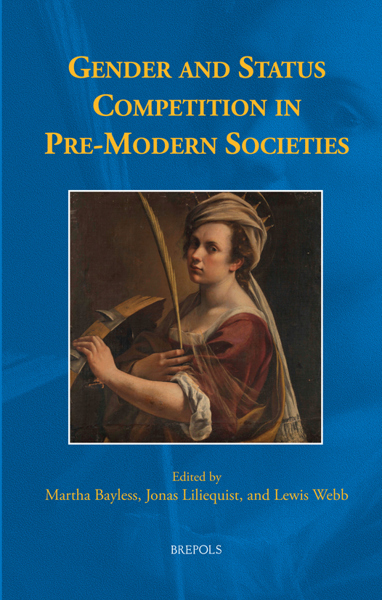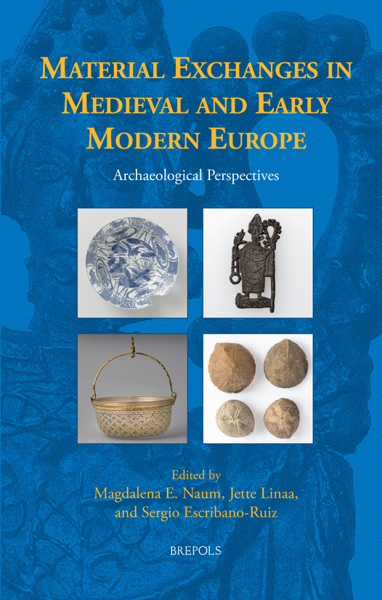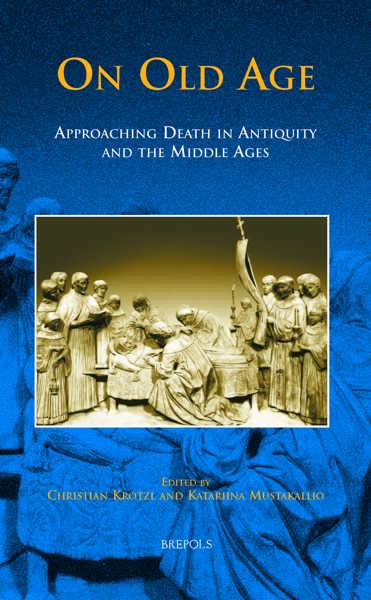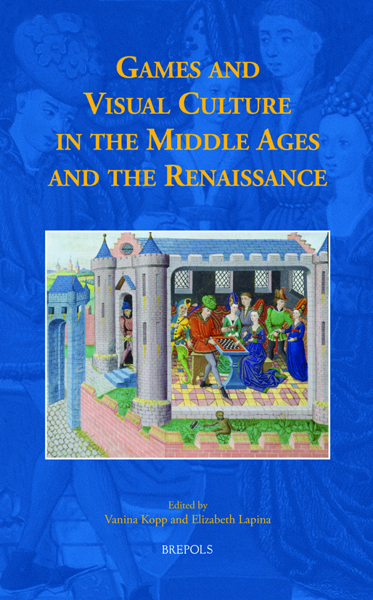
Childhood Disability and Social Integration in the Middle Ages
Constructions of Impairments in Thirteenth- and Fourteenth-Century Canonization Processes
Jenni Kuuliala
- Pages: 380 p.
- Size:156 x 234 mm
- Illustrations:4 tables b/w.
- Language(s):English
- Publication Year:2016
- € 120,00 EXCL. VAT RETAIL PRICE
- ISBN: 978-2-503-55185-2
- Hardback
- Available
- € 120,00 EXCL. VAT RETAIL PRICE
- ISBN: 978-2-503-55833-2
- E-book
- Available
In this volume, testimonies from medieval canonization processes are (for the first time) systematically used as sources for the study of medieval attitudes and everyday life concerning physical impairments, particularly of children.
“I highly recommend Kuuliala's study of childhood. This work is well written and well researched. It has deep references and notes with translations of quotes and a good bibliography, making it accessible for advanced undergraduates. The book would fit comfortably in a classroom setting of medieval studies, gender studies, and the history of medieval health, religion, disabilities, family, or childhood. This work perceptively and sensitively examines the interplay between saints, the Church, children, and their families.” (Wendy J. Turner, in Sehepunkte, 17/4, 2017)
“Kuuliala’s research firmly establishes itself within a relatively new field of medieval disability history. Her book is well written and draws on extensive primary and secondary sources. The work includes detailed footnotes and a rich bibliography for the use of interested students or scholars. The author’s systematic analysis of canonization processes offers valuable new insights to medieval disability. Miracle narratives reflect many practical aspects of medieval religious and daily life (…) Canonization testimonies therefore emerge as rich sources for investigating medieval attitudes toward disability, social consequences for the disabled and their families, and cultural approaches to care and cure.” (Christiane N. Fabbri, in H-Disability, H-NET, January 2018)
“Kuuliala’s familiarity with her sources is a valuable guide to her reader, and while she is scrupulously careful not to extrapolate on her findings, and unerringly points out where claims of other researchers are not borne out by her material, more qualified judicious inferences in her concluding remarks would have been welcomed. Other readers might, by contrast, be grateful for her avoidance of precisely such a tendency. This thorough, detailed study is a valuable resource for researchers of disability and childhood in medieval Europe.” (Melissa Raine, in Parergon, 35/1, 2018, p. 181)
This volume offers new insights into medieval disability studies by analysing miracle testimonies from canonization processes as sources for the study of medieval attitudes to and understanding of childhood physical impairments: how they were defined, and the social consequences of childhood disability on the family, on the community, and on children themselves.
In these texts, laypeople from different social groups carefully described events leading to children’s miraculous cures of physical impairments, as well as the conditions themselves. They thus provide an exceptionally rich (yet hitherto unexplored) window into the ways in which medieval society defined, explained, and understood children’s impairments.
Besides simply describing disabilities and miraculous cures, these testimonies also reveal various aspects of everyday experiences and communal attitudes towards impaired children. The few testimonies by the children themselves offer fascinating insights into personal experiences of physical disability and how disability affected a child’s socialization and the formation of identity.
This study thus aims to tease apart the often-complex ways in which medieval society both viewed physical differences and how it chose to (re)construct these differences in the discourse of the miraculous, as well as in everyday life.




